Drone Photography 101: Professional Tips for Travelers
Drones are a great way to take your travel pics to a whole new level – but they come with a set of challenges to master. Photographer Ryan Howell shares some tips for beginners.
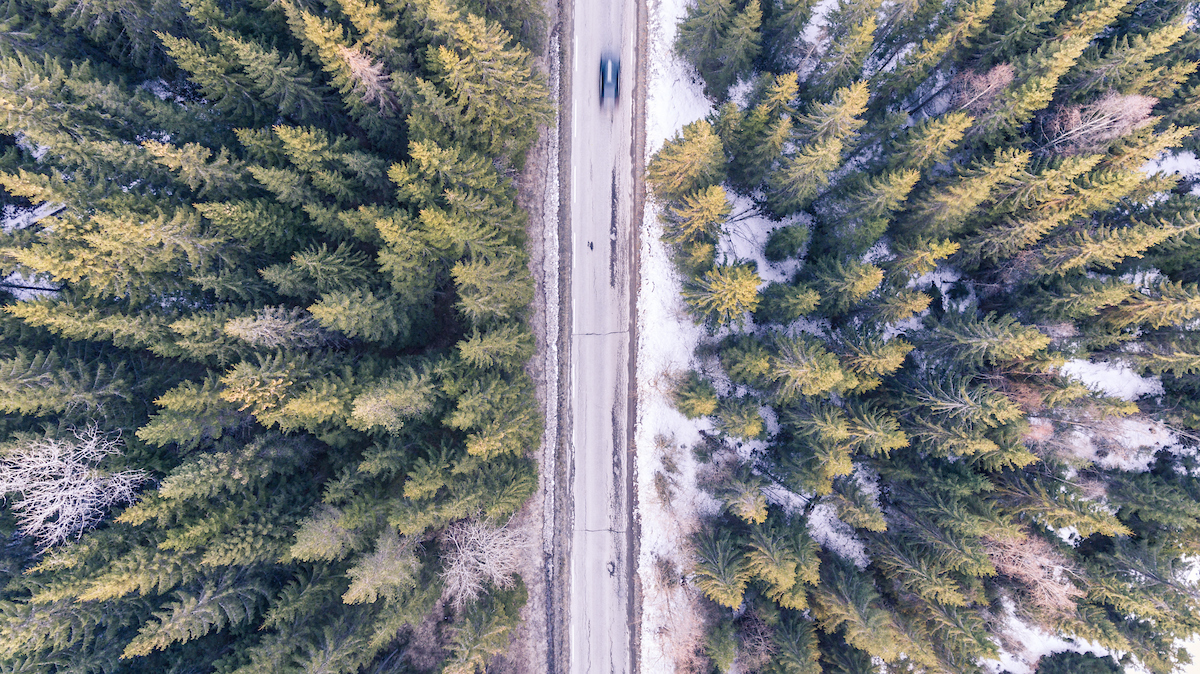 Photo © Bossfight
Photo © Bossfight
- Flying Drones – Do You Need a License?
- How to Travel with Drones
- Etiquette When Filming
- Tips and Tricks
Picture this: the camera slowly pans toward the crater of a volcano. Suddenly, all you can see, edge to edge of the screen, is molten, erupting, red and orange lava.
This is extreme; No one should be this close to a volcano. You can hear the heartbeat of the Earth from here.
A drone captured this footage.
Aerial footage was once a luxury only available to big-budget films and documentaries.
Today, drones are available to anyone. A ‘serious’ hobbyist drone can be picked up from the high street for around USD$1000 and you can use it straight out of the box.
My gran can fly mine without issue. So, what do you need to know before using one?
Do you need a license?
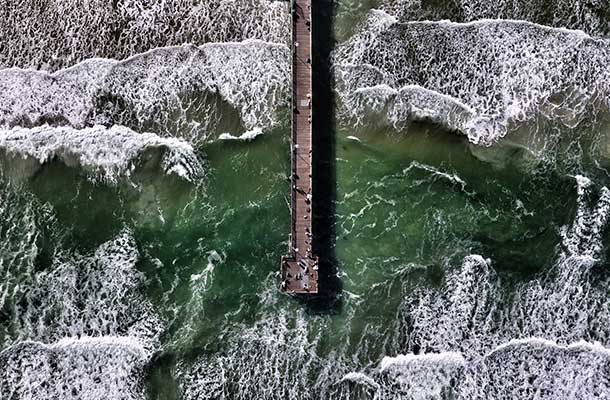
Yes and no. Different countries have different rules on who needs a license or permission to fly a drone.
Many countries – the UK and the USA for example – only require you to have a license if you intend on conducting flights for commercial use.
This means that if you’re making money or being rewarded for the flight, you’ll need a license or permission.
The process to get a license normally centers on showing that you understand the rules and regulations and you can fly safely. You should always check with the aviation authority in your chosen destination.
How to travel with drones

‘Wallet. Phone. Passport. Keys. Drone.’
It’s a ritual I’ve become accustomed to when leaving for the airport.
I probably look after my drone better than I do myself. I’ve got a hard-shell backpack for it, and it goes with me on the plane as a carry-on. This way, I can always see it, and it’s not being chucked around by baggage handlers.
I’ve taken my drone to the USA, Portugal, Spain, Iceland, and all over the UK.
Security at the airport will pull it to one side for additional checks and often want to see the batteries.
The batteries in most drones are LiPo and contain lithium, which means they cannot be packaged in your checked luggage. They must go on as carry-on.
They should be depleted to about 30 percent charge and protected from short-circuiting. Place a small amount of tape over the connectors and place each battery inside a zip-seal plastic bag. This is normally more than sufficient.
Most airlines will allow you to take two spare batteries. If in doubt, check with your airline.
Etiquette when filming
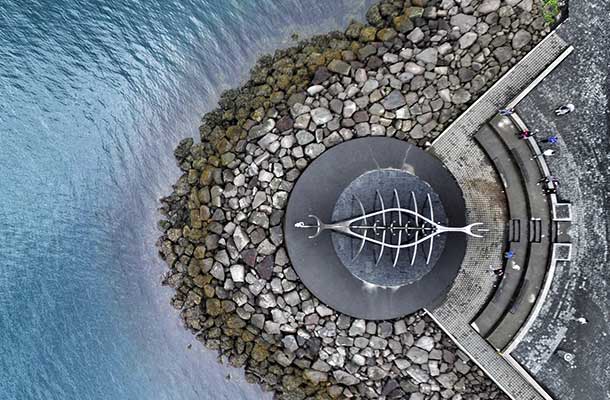
Drones can attract a lot of bad press. Making sure you fly safely and within the rules can go a long way to improving the image of drones and operators. Bending the rules just to get the shot can damage opportunities for others.
Each country has set rules to follow, so it’s always best to check ahead of any flight. Some rules can be waived, but only with prior permission.
Most aviation authorities restrict flying:
- Over or within 150m of any congested area
- Over or within 150m of an organized open-air assembly of more than 1,000 persons
- Within 50m of any vessel, vehicle, or structure which is not under the control of the person in charge of the aircraft.
50m is about the length of five and a half London Buses.
Tips and tricks
Plan ahead.
Knowing exactly what you want to film or photograph saves a lot of time on location and can reduce your post-production work.
I have an array of drone-related apps on my iPhone, and they all help in one way or another when planning a flight. The best one has to be UAV Forecast. This gives you the weather conditions at any location, including wind speed, chance of rain, visibility, sunrise, and sunset and it will also highlight No-Fly Zones on a map.
I also use Google Earth to investigate and explore a location before I get there. This means when I arrive, I know where I’m going to launch and land and where I need to fly to get the shot I’m after. Google Earth can also help you find unexpected views to capture. I spend less time in the air now than I use to but I achieve so much more.
Always check the location of other drone pilots. This will become more and more important as time goes on as more people join the ranks. Speak with each other and figure out if there will be any conflict between your flights.
Flying and filming at the same time can be difficult for some. Always maintain a visual line of sight (VLOS) with your drone and if need be, get a second pair of eyes to help you. I lost a drone by not following this advice.
You need to be different. Your footage or photos need to stand out. Think about how you film and photograph. Where is the light? Where are the shadows? Avoid long segments of footage of the same subject.
Just having aerial photos or video isn’t good enough anymore.
Only share your best work.
Related articles
Simple and flexible travel insurance
You can buy at home or while traveling, and claim online from anywhere in the world. With 150+ adventure activities covered and 24/7 emergency assistance.
Get a quote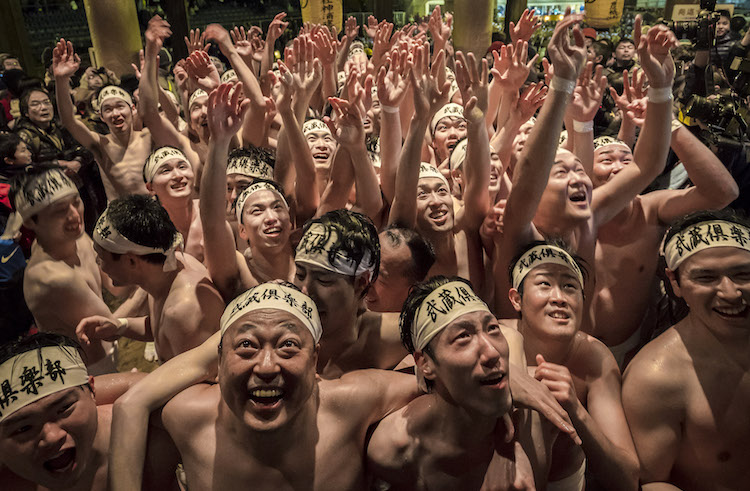
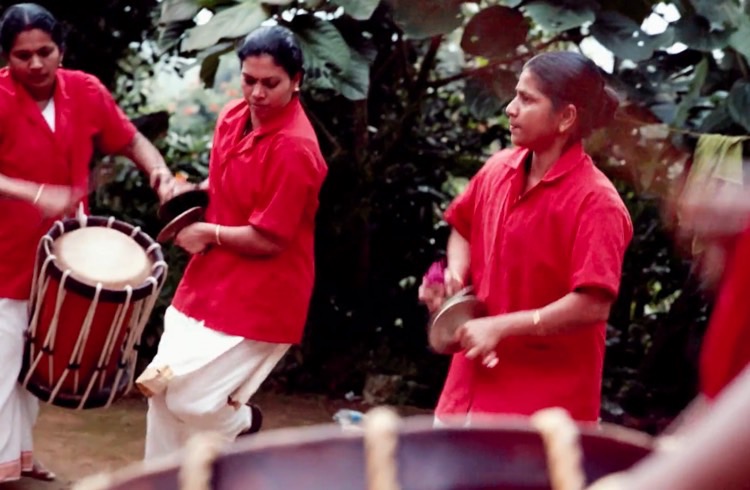
No Comments